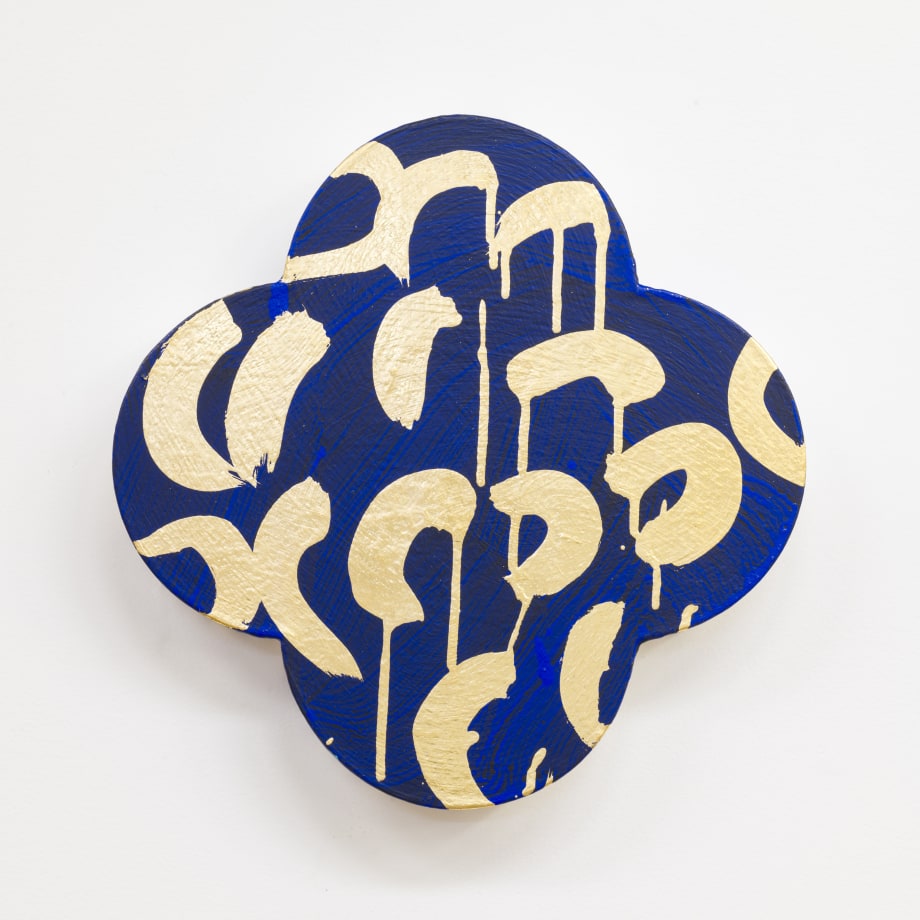At almost 90 years of age, Max Gimblett continues to be nourished and invigorated by his artistic practice, tracing and translating abstract ideas into painted forms from his studio in New York City. Presenting a series of the artist’s distinctive quatrefoil and Japanese Ensō paintings, this exhibition celebrates the physical and psychic act of creation; applying paint to canvas without necessarily knowing where it will lead but trusting in the act itself.
Max Gimblett (b.1935, Auckland Tāmaki Makaurau) has been primarily based in New York since 1972. His practice encompasses a complex synthesis of influences as varied as Abstract Expressionism, Modernism, Eastern and Western spirituality, Jungian psychology, and ancient cultures. Gimblett explores the multiplicity of meaning attached to revered objects and symbols, most notably the Ensō from Japanese Zen Buddhism and the quatrefoil, which dates to pre-Christian times and is found in both Western and Eastern religions through forms such as the rose window, mandala, cross, and lotus. Gimblett steps further into the realm of the sacred with his use of precious metals; with gold and silver consistently associated with honour, wisdom, and enlightenment.
The Getty Research Institute Collection recently acquired an anthology of over 250 of Gimblett’s artist books — containing writings, drawings, collages, notes, quotes, and calculations — gifted by the artist and his wife, scholar, and curator Barbara Kirshenblatt-Gimblett. His work has been exhibited extensively and is held in significant public and private collections internationally and in Aotearoa. Major solo exhibitions include Ocean Wheel, Christchurch Art Gallery Te Puna o Waiwhetū, Christchurch (2020); The Art of Remembrance, Museum of New Zealand Te Papa Tongarewa, Wellington Te Whanganui-a-Tara (2016); The Word of God: The Sound of One Hand, Andy Warhol Museum, Pittsburgh USA (2011); and The Brush of All Things, Auckland Art Gallery Toi o Tāmaki, Auckland Tāmaki Makaurau (2004).

